Since the Industrial Revolution, the population of the world has exploded and the population that had less than 700 million
in 1700 has reached 7 billion now. In order to cultivate an increasing population, forest destruction continues and the number
of species continues to sharply decrease by expanding cultivated land, pumping down groundwater and irrigating, increasing
the production of food by using a large amount of chemical fertilizers and pesticides. Also, as a result of consuming a large
amount of natural resources and expanding the production of substances in search of a better life, the environmental impact
of a large amount of waste is becoming serious. Under such circumstances, the demand for realization of a sustainable world
that considers the global environment is rapidly rising.
In this lesson, we approach the problem of the global environment from the viewpoint of substance and energy, and learn the principle of 'chemistry' indispensable for solving these problems. As a finish, we will investigate the problems related to the environment in groups and present the results in front of all the classes.
The basis of chemistry to be learned in this lesson is that as you progress to specialized courses and even after graduating from university, when you are interested in the problems of the global environment and involve activities to realize a sustainable world, It will surely serve as a basis for scientific thinking for solving the problems.
In this lesson, we approach the problem of the global environment from the viewpoint of substance and energy, and learn the principle of 'chemistry' indispensable for solving these problems. As a finish, we will investigate the problems related to the environment in groups and present the results in front of all the classes.
The basis of chemistry to be learned in this lesson is that as you progress to specialized courses and even after graduating from university, when you are interested in the problems of the global environment and involve activities to realize a sustainable world, It will surely serve as a basis for scientific thinking for solving the problems.
Learn the knowledge and principles of chemistry necessary to understand the various problems related to the global environment
and make it possible to understand newspaper, magazine, television and other news reports from a chemical point of view. Also,
for the future, when more specialized knowledge of chemistry is needed, we will solidify our foundation so that we can resume
chemistry learning by ourselves. In addition, we will learn how to solve problem-based learning through research activities
on environmental issues.
- You understand the properties of elements in relation to the periodic law and how the materials are made by the bonds between atoms.
- You can write down correct chemical reaction formula for basic chemical reactions.
- You understand the concept of molecular polarity, heat of reaction and binding energy, acid and base.
- You can explain the mechanisms of air pollution, ozone depletion, global warming, water pollution and acid rain from the perspective of chemistry .
- You can discuss about the selection of energy source from the viewpoint of energy conversion efficiency and environmental load.
- With regard to chemistry issues, you can investigate the materials, discuss with the group members, and summarize the contents of the presentation. Also, you can give persuasive explanation about chemistry-related topics.
| Class schedule | HW assignments (Including preparation and review of the class.) | Amount of Time Required | |
|---|---|---|---|
| 1. | Guidance (achievement goal, method of classes, method of grade assessment) Questionnaire about research activities Team formation for research activities |
Read Chapter 0 of the textbook. | 40minutes |
| Make a preliminary investigation of Sustainable Development Goals (SDGs). | 30minutes | ||
| 2. | Air (1): Composition of air and air pollution | Summarize what you learned in the last lesson. Read the textbook Chapter 1. | 160minutes |
| Evaluate your own 'Ecological Footprint' by the diagnostic test on the website of Ecological Footprint Japan. | 40minutes | ||
| 3. | Air (2): Mechanism of air pollution | Summarize what you learned in the last lesson. Read the textbook Chapter 1 again. | 200minutes |
| 4. | Protection of the ozone layer (1): Periodic rule, covalent bond, Lewis structural formula, light and molecule | Summarize what you learned in the last lesson. Read the textbook Chapter 2. | 200minutes |
| 5. | Protection of the ozone layer (2): Destruction of the ozone layer and efforts to stop it | Summarize what you learned in the last lesson. Read the textbook Chapter 2 again. | 200minutes |
| 6. | Climate change (1): Greenhouse gases and global warming | Summarize what you learned in the last lesson. Read the textbook Chapter 3. | 200minutes |
| 7. | Mid-term examination and explanation of the test answer | Review all the contents of the classes. | 200minutes |
| 8. | Climate change (2): Mechanism of global warming | Read the textbook Chapter 3 again. | 200minutes |
| 9. | Water chemistry (1): Water properties | Summarize what you learned in the last lesson. Read the textbook Chapter 5. | 200minutes |
| 10. | Water chemistry (2): Safety of drinking water, Water treatment | Summarize what you learned in the last lesson. Read the textbook Chapter 5 again. | 200minutes |
| 11. | Acid rain and acidification of sea water (1): Acid and base | Summarize what you learned in the last lesson. Read the textbook Chapter 6. | 200minutes |
| 12. | Acid rain and acidification of sea water (2): Acid rain | Summarize what you learned in the last lesson. Read the textbook Chapter 6 again. | 200minutes |
| 13. | Survey activities: Presentation of survey results | Prepare for the presentation. | 200minutes |
| 14. | Term-end examination and explanation of the test answer | Review all the contents of the classes after mid-term examination. Make the abstract of your presentation in the last lesson. | 200minutes |
| Total. | - | - | 2670minutes |
| Quizzes and Exercises | Mid-term Examination | Evaluation of Presentation | Term-end Examination | Total. | |
|---|---|---|---|---|---|
| 1. | 5% | 5% | 10% | ||
| 2. | 5% | 5% | 10% | ||
| 3. | 5% | 5% | 10% | ||
| 4. | 20% | 10% | 5% | 35% | |
| 5. | 5% | 10% | 15% | ||
| 6. | 10% | 10% | 20% | ||
| Total. | 40% | 25% | 10% | 25% | - |
1. Quizzes and Exercises 40 points full mark (Almost every class, quizzes or exercises will be conducted. Evaluate the result
in 5 grades and convert the total of one semester to full score of 40 points.)
2. Mid-term examination 25 points full mark (Handwritten notes can be brought in.)
3. Evaluation of survey results presentation 10 points full mark
4. Term-end examination 25 points full mark (10 points for reports on survey activities, 15 points for understanding degree of lecture content comprehension)
To pass, students must earn at least 60 points out of 100.
2. Mid-term examination 25 points full mark (Handwritten notes can be brought in.)
3. Evaluation of survey results presentation 10 points full mark
4. Term-end examination 25 points full mark (10 points for reports on survey activities, 15 points for understanding degree of lecture content comprehension)
To pass, students must earn at least 60 points out of 100.
Textbook :
廣瀬千秋訳,「改訂 実感する化学 上巻 地球感動編」,A Project of American Chemical Society, NTS.
(Original textbook: C. H. Middlecamp et al., "Chemistry in Context: Applying Chemistry to Society, 8th Edition, A Project of American Chemical Society", 2015.
廣瀬千秋訳,「改訂 実感する化学 上巻 地球感動編」,A Project of American Chemical Society, NTS.
(Original textbook: C. H. Middlecamp et al., "Chemistry in Context: Applying Chemistry to Society, 8th Edition, A Project of American Chemical Society", 2015.
- Please ask any time in your class if you have questions and problems. After the class, we will accept questions and consultation in the learning support room: The first semester, Mon / Fri (16:50~18:30), Tue / Thu (15:00~18:30); The second semester, Mon / Tue / Wed (16:50~18:30), Thu / Fri (15:00~18:30).
- Prof. Asao Nakamura will accept questions or messages to the Lecturers on Tuesday from 13:10 to 16:40 and Thursday from 15:00 to 16:40 at Rm 3100-2 on 1st floor of the 3rd building.
- Course that cultivates an ability for utilizing knowledge
| Work experience | Work experience and relevance to the course content if applicable |
|---|---|
| N/A | N/A |
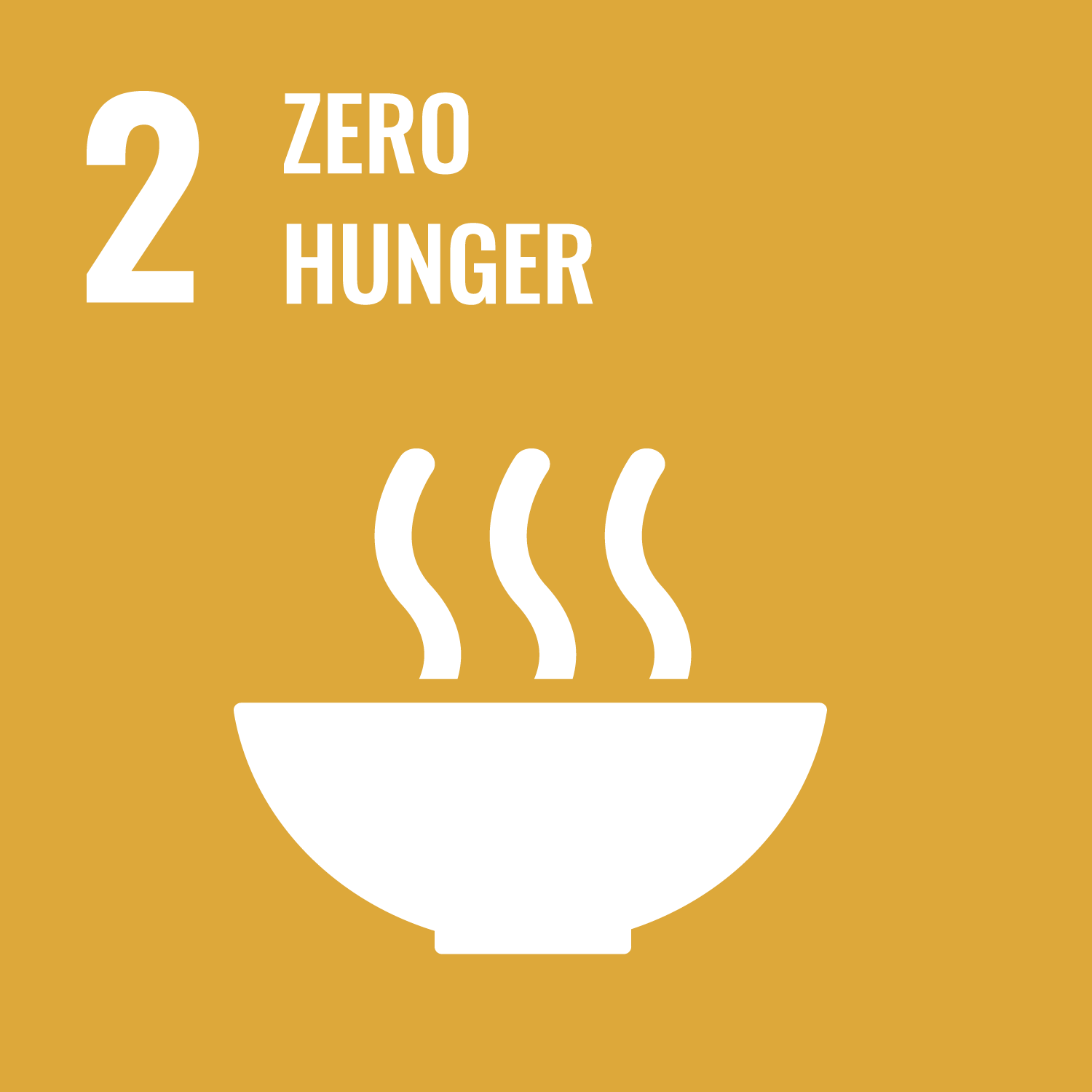
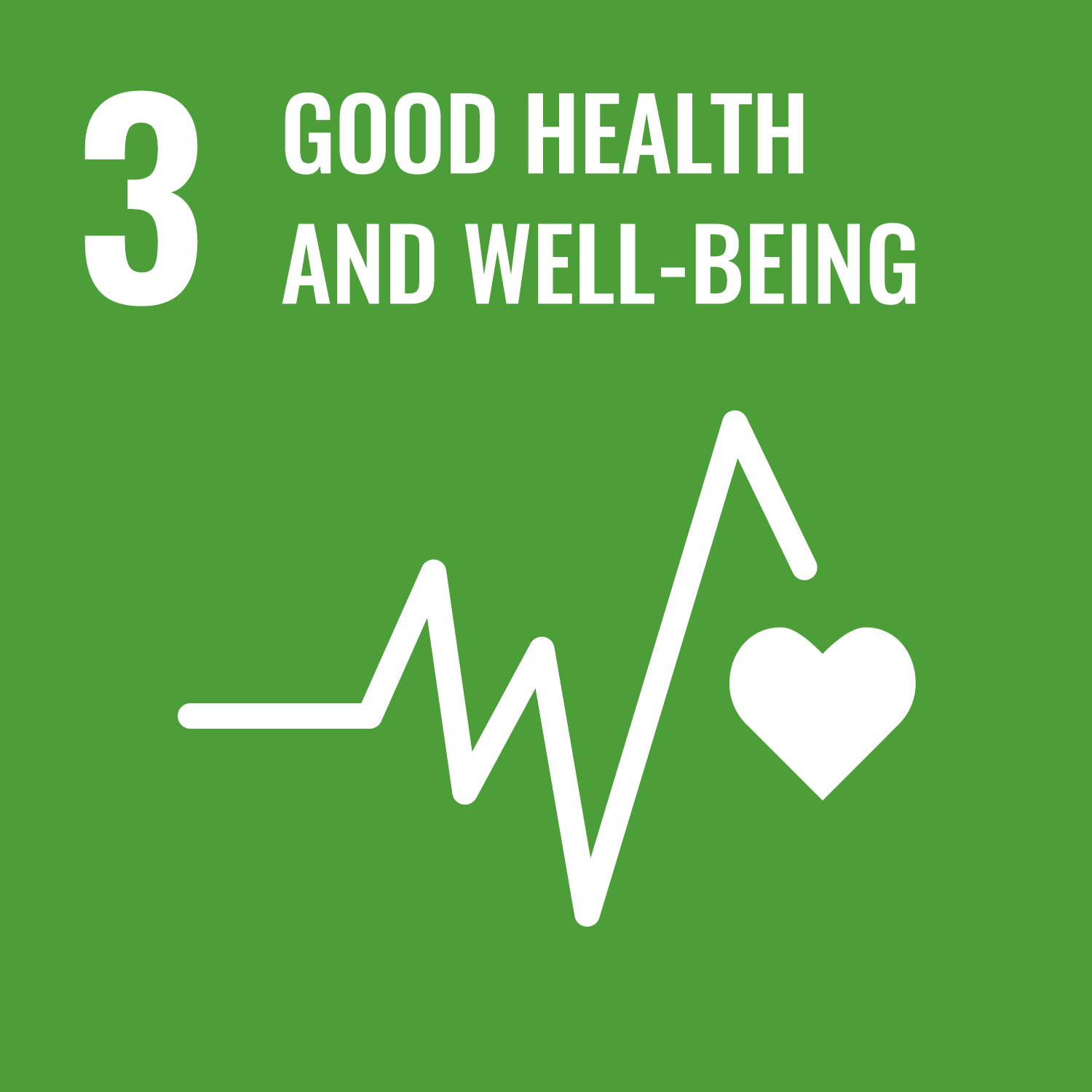

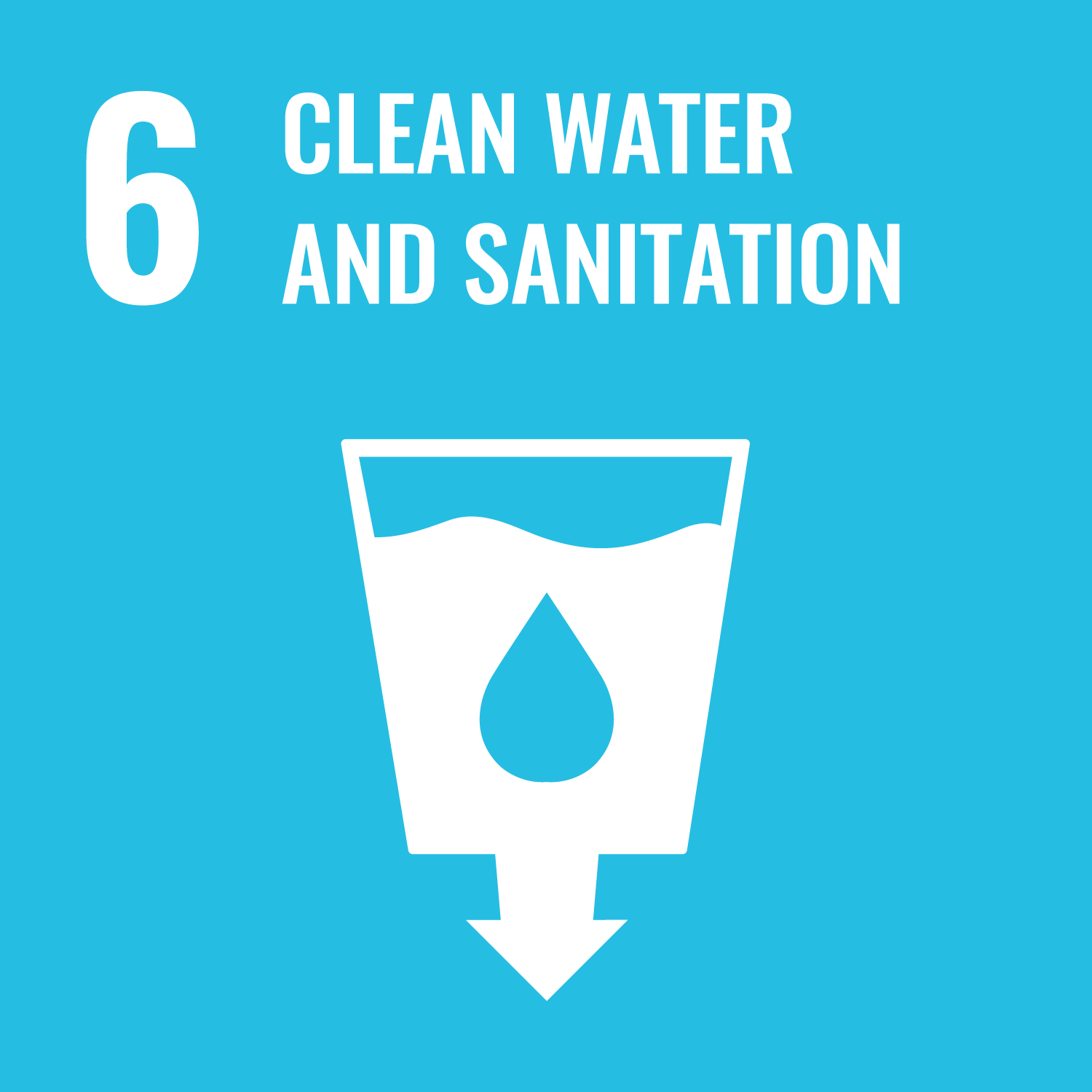
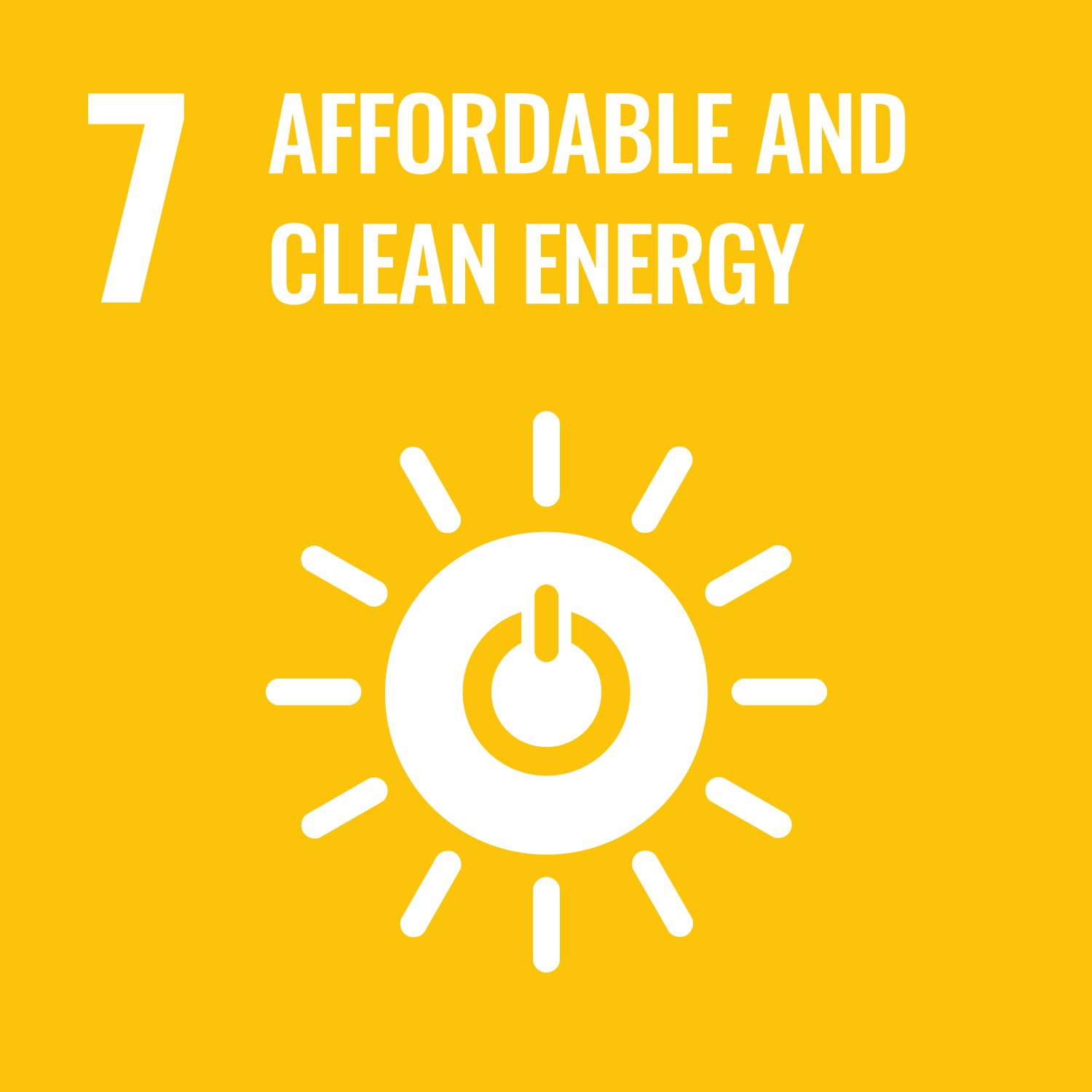
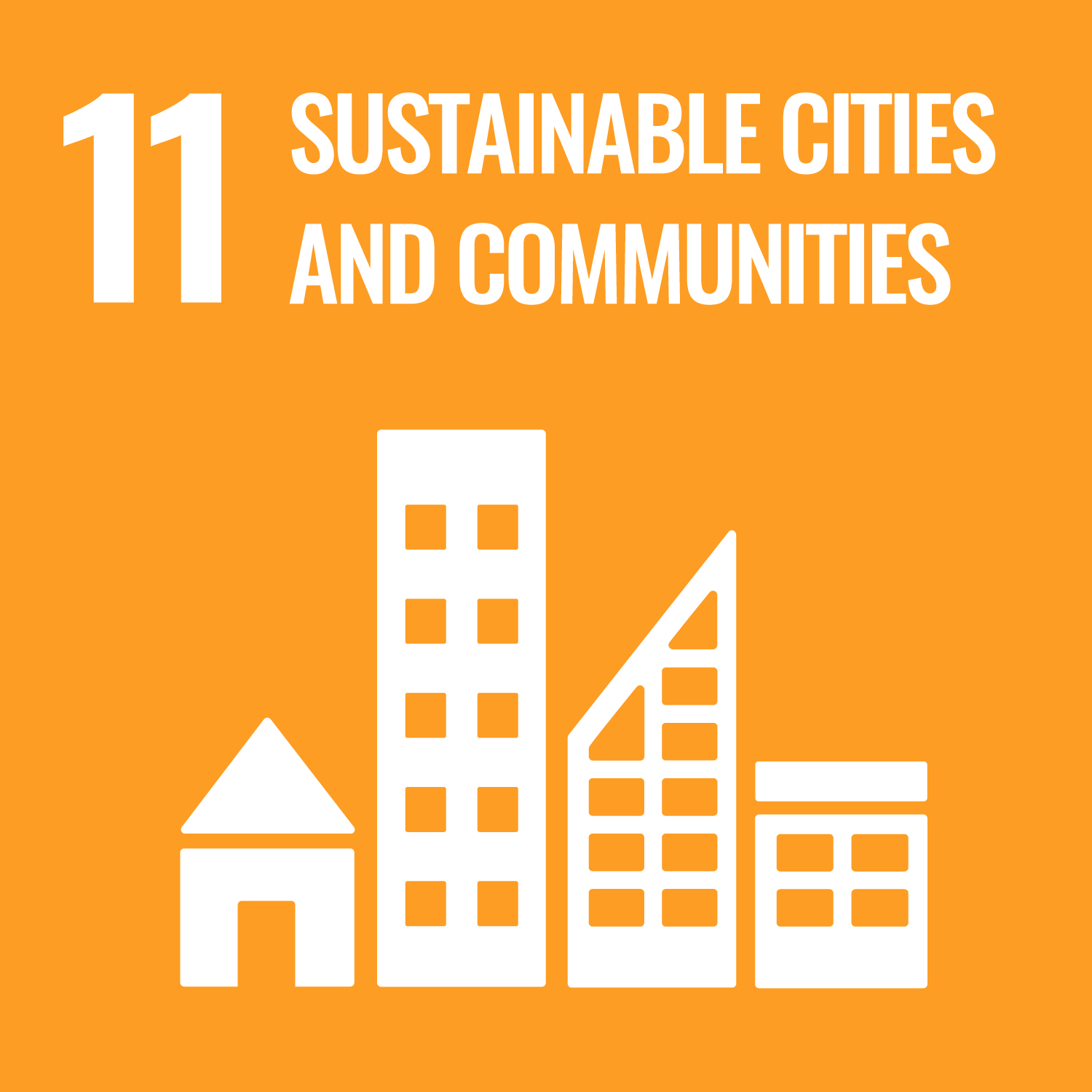

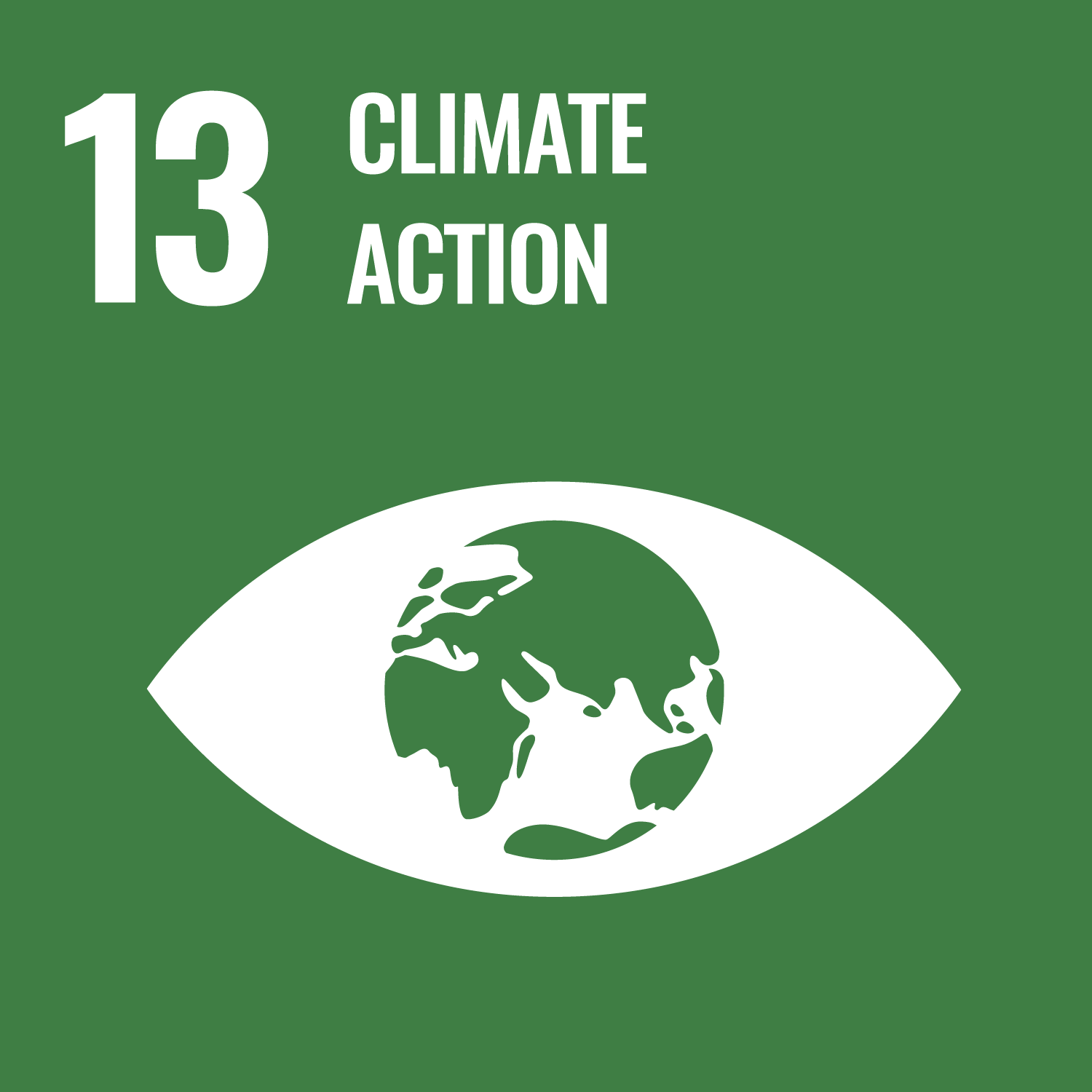

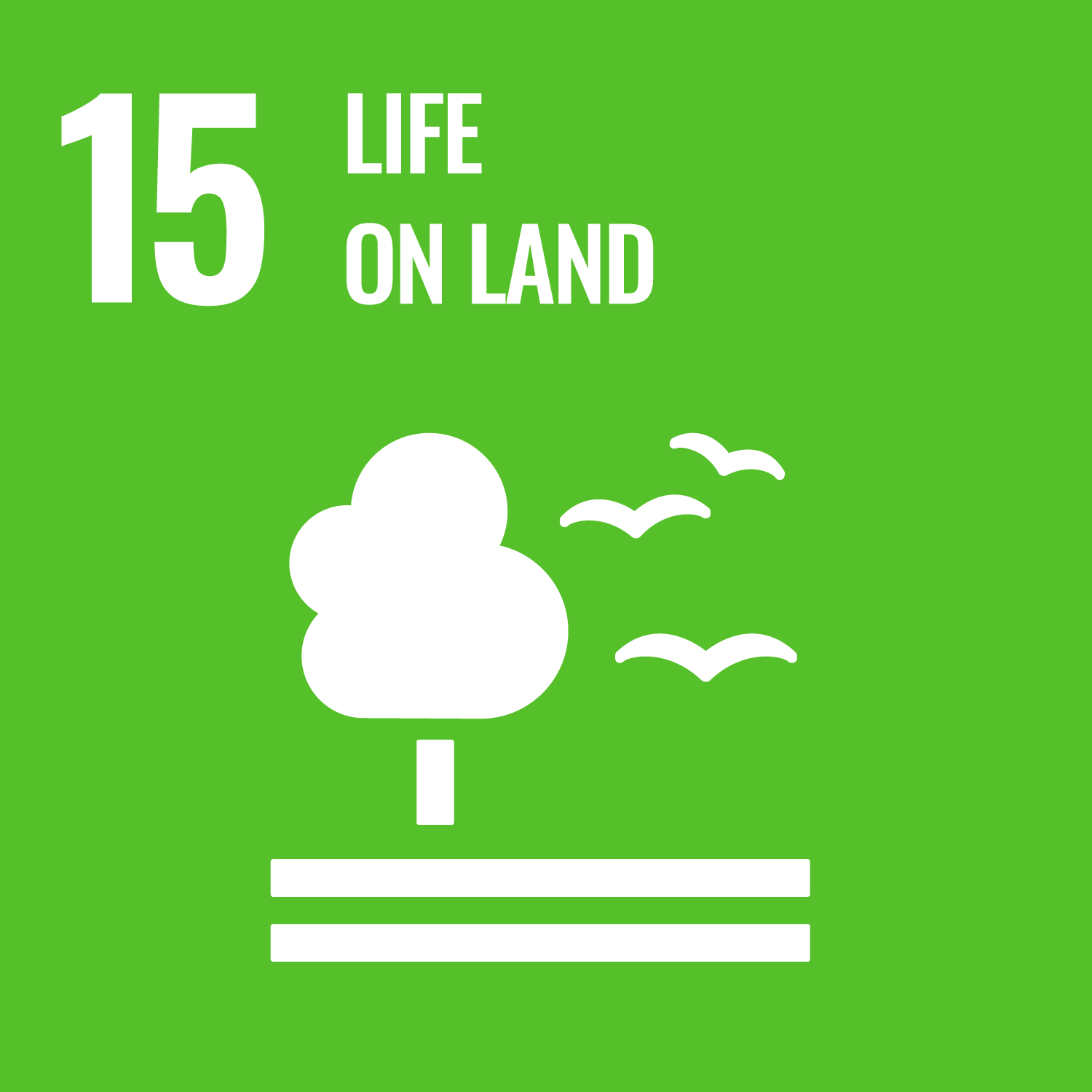
- 2.ZERO HUNGER
- 3.GOOD HEALTH AND WELL-BEING
- 4.QUALITY EDUCATION
- 6.CLEAN WATER AND SANITATION
- 7.AFFORDABLE AND CLEAN ENERGY
- 11.SUSTAINABLE CITIES AND COMMUNITIES
- 12.RESPONSIBLE CONSUMPTION & PRODUCTION
- 13.CLIMATE ACTION
- 14.LIFE BELOW WATER
- 15.LIFE ON LAND
Last modified : Sat Apr 17 04:14:28 JST 2021

